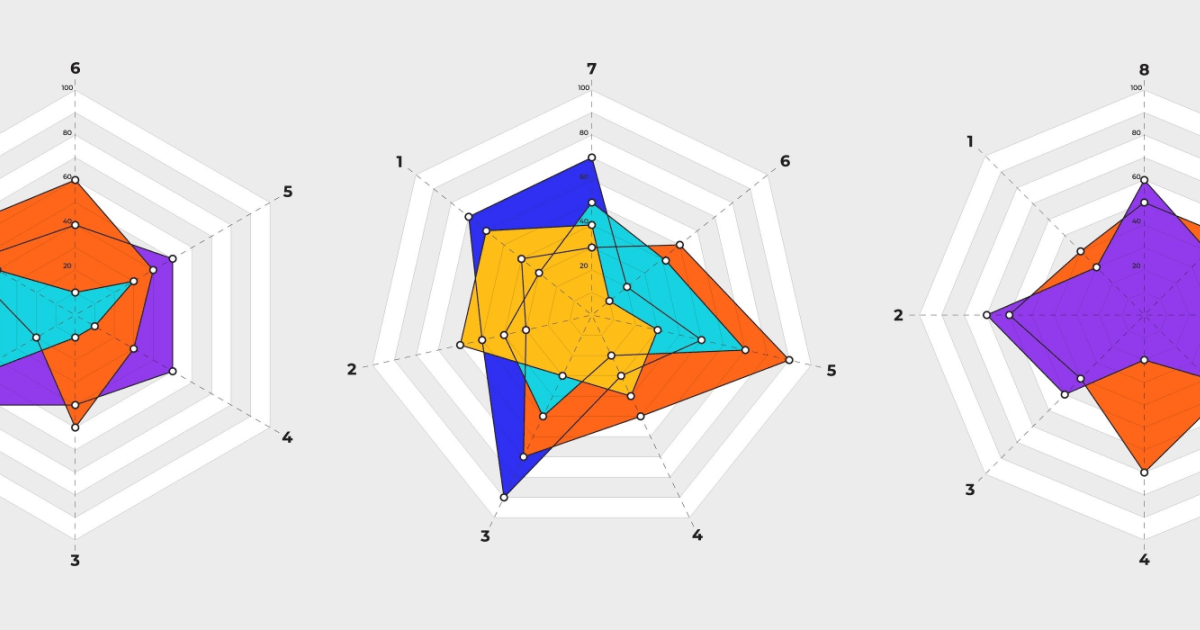April 10, 2024
The following article is based on a chat from Bazaarvoice Summit between Bryan Gildenberg, Founder and CEO at Confluencer Commerce, and Doug Straton, Chief Customer Evangelist at Bazaarvoice, on redefining content distribution in a shifting content-led world. You can opt to watch the on-demand masterclass here instead.
Simply put, content reigns supreme. Every day, week, month, and year, the amount of content created nowadays — by brands and individuals — is pretty staggering. It’s the backbone of retail and digital marketing strategies, driving engagement and influencing purchasing decisions. And it’s what consumers demand.
Among this sea of content, user-generated content (UGC) has steadily gained influence over the years, mainly due to the trust people have in recommendations from their fellow shoppers — to the point that 78% of shoppers feel more confident purchasing when UGC is involved.
But as the sheer volume of content continues to skyrocket, navigating this terrain requires a better understanding of the new relationships forming between brands, consumers, and content creators.
This shift in influence towards creator- and user-generated content has prompted brands and retailers to rethink their content strategies, focusing more on authenticity and relevance to better engage with their target audience. Which is why mastering content distribution and refining your strategy is essential.
Chapters:
- What is content distribution?
- How you can refine your content distribution strategy
- How to balance multiple content distribution goals
- Get a fresh perspective on the content ecosystem
What is content distribution?
Content distribution is the process of publishing and sharing your content, like social media posts, blogs, videos, etc, to reach a wider audience through your various channels and platforms. There are three main types of content distribution channels:
- Owned is the content channels your company owns, like your blog(s), newsletters, and social media pages
- Earned channels are third parties promoting your content, including PR, mentions, guest publications, and UGC creators.
- Paid is where you pay to promote your content on an external channel, whether that’s paid ads, sponsored content, or paid influencer collabs
Content distribution matters because without the ability to promote and share your content, it’s unlikely anyone will see it. Imagine writing the world’s most spectacular book and then just leaving it on your bedroom floor, gathering dust. What’s the point?
But now, with countless platforms and formats to navigate, the challenge for brands is getting their messaging — their content — in front of the right audience.
How you can refine your content distribution strategy
As we look to tomorrow, the way we distribute content today won’t be enough. Enter the concept of the Content Penetration Model. Coined by Bryan Gildenberg (reminder: CEO at Confluencer Commerce), the Content Penetration Model (CPM), a decentralized content generation model, marks a paradigm shift in how content is distributed and consumed.
Content distribution has traditionally been measured by reach-based metrics to get content in front of as many eyeballs as possible at the lowest cost possible. Not anymore!
The new CPM model emphasizes what Gildenberg calls content penetration — the ability to deeply engage with consumers through relevant, authentic content that resonates with their interests and values.
It’s needed because the shift towards UGC and the rise of creators has reshaped the traditional content landscape. For example, the creator economy was valued at just under $130 billion last year and is expected to grow another 22.5% by 2030. Brands no longer have full control over the conversation.
As Gildenberg puts it, “the content that is most meaningful to a shopper’s awareness of, and decision for, buying a particular product is increasingly not coming from brands themselves, but from other individuals.”
Instead, rather than solely relying on mass distribution channels, you’re better off cultivating relationships with UGC creators and influencers who can effectively convey your brand’s unique message for you.
How to balance multiple content distribution goals
The question now is this. How do you create content that cuts through the noise and piques your audience’s interest? By recognizing the dynamic nature of content consumption and adapting your strategies accordingly.
According to Gildenberg, the critical element is balancing long-term brand assets with current assets. Sure, some aspects of branding will almost always remain constant (example: Coca Cola’s logo), but others need to evolve to stay relevant in a rapidly changing market (Coca Cola’s ads).
But brands must continuously refresh their current assets with fresh content that resonates if they want to stay relevant with consumers.
You do this by building out a content supply chain. Taking a holistic approach to content creation that leverages data insights, consumer feedback, and market trends to inform your content strategies.
It’s not just about creating more content. Not at all. It’s about coordinating efforts across your different teams and workflows to ensure brand consistency and relevance. Shoppers expect consistency — 75% globally say that regardless of the channel they use (website, in-store, email, social media, etc) they expect to get the same experience.
When you understand the different types of content and their impact on your business, you can better develop a holistic approach to content creation and distribution that resonates.
Why better collaboration means better content
On that note, in the CPM era we’re shifting towards, collaboration is one of the main drivers of success. Brands can’t operate in silos. Instead, it’s all about forging partnerships with the right content creators, influencers, and other stakeholders who can get your message in front of shoppers where they are.
This content allows brands to tap into the creativity and expertise of external partners with niche audiences, all while maintaining control over their brand identity and messaging.
It would be amiss to ignore AI here, too. It’s everywhere lately (ChatGPT, anyone?!) and has become a powerful tool in content creation and distribution. But Gildenberg warns AI can just as efficiently produce irrelevant, misleading, or inauthentic content if not appropriately guided.
The Content Penetration Model provides a framework for navigating these complexities, by focusing on effectiveness rather than efficiency.
Get a fresh perspective on the content ecosystem
Essentially, the new CPM model offers a fresh perspective on how brands should approach content creation and distribution. By prioritizing relevance and authenticity, brands can forge deeper connections with consumers.
As the conversation unfolds, it becomes clear that success in the content ecosystem requires a multifaceted approach that balances creativity, strategy, and adaptability. Embracing the CPM model and adopting a collaborative approach to content creation will enable you to navigate the tricky digital landscape and forge deeper connections with your audience.
Looking to learn more? Watch the full conversation between Bryan and Doug (sneak peek above!) to hear first-hand how redefining content distribution can increase effectiveness, drive sales, and enhance your content supply chain.








